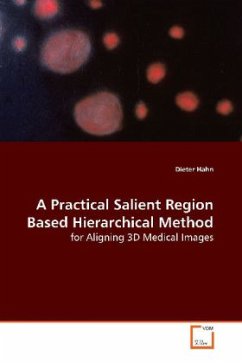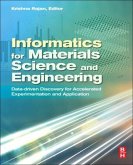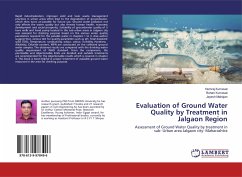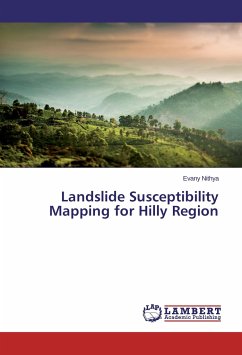Recently, a novel hybrid image alignment method for
2D images was presented, which is based on
configural matching of automatically extracted,
scale-invariant salient region features. The approach
combines advantageous aspects of both feature and
intensity based methods. This work proposes an
extension of the algorithm to 3D. Its applicability
is discussed on both mono- and multi-modality medical
3D images for change detection, tumor localization or
time based intra person studies. We describe how
results of the rigid body alignment approach can be
incorporated into a subsequent non-linear
registration. Besides the practical work, the work
presents an overview of current research in the field
of rigid and non-rigid hybrid image alignment methods
and existing patents. The following problems are
discussed: an overview of hybrid image alignment
methods, the implementation of the salient region
based matching method for 3D images, a statistical
optimization framework that is suitable for the
salient region based 3D image matching, and
possibilities for an integration of a non-linear
alignment method.
2D images was presented, which is based on
configural matching of automatically extracted,
scale-invariant salient region features. The approach
combines advantageous aspects of both feature and
intensity based methods. This work proposes an
extension of the algorithm to 3D. Its applicability
is discussed on both mono- and multi-modality medical
3D images for change detection, tumor localization or
time based intra person studies. We describe how
results of the rigid body alignment approach can be
incorporated into a subsequent non-linear
registration. Besides the practical work, the work
presents an overview of current research in the field
of rigid and non-rigid hybrid image alignment methods
and existing patents. The following problems are
discussed: an overview of hybrid image alignment
methods, the implementation of the salient region
based matching method for 3D images, a statistical
optimization framework that is suitable for the
salient region based 3D image matching, and
possibilities for an integration of a non-linear
alignment method.








